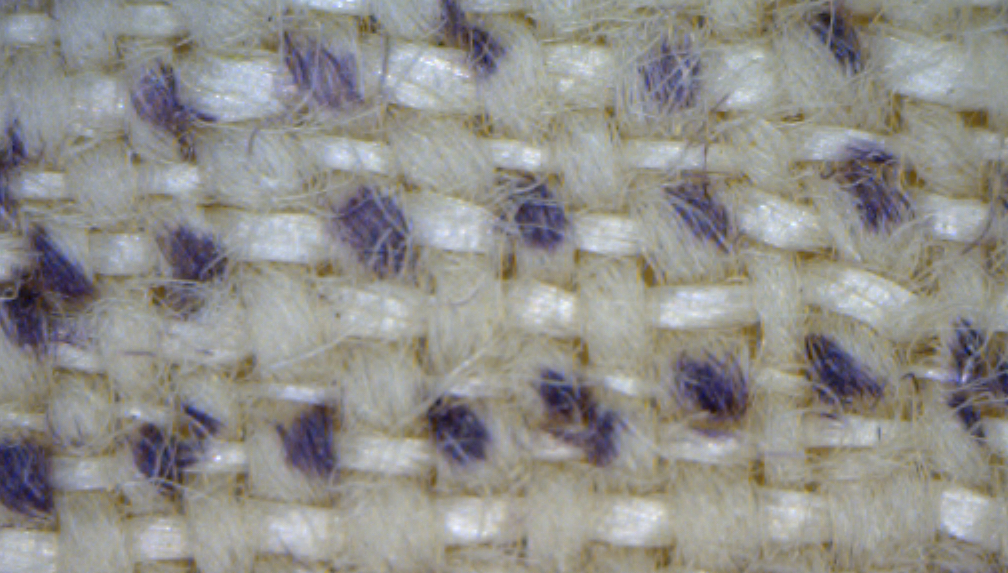The Globalisation of Dress, 1600-2010: Perspectives from Japan and East Asia
Textiles and Materiality: Mixing Fibres between East and West, 16-20th centuries
Seminar Room 2, The University of Warwick in Venice
Palazzo Pesaro Papafava, Cannaregio 3764, 30121 Venezia, Italia
15th-16th March, 2019. 15th, 9:00-17:30 / 16th, 9:30-13:00
Organized by Miki Sugiura, John Styles and Giorgio Riello
Supported and Funded by JSPS, Global History and Culture Centre, University of Warwick and Leverhulme Trust
Textiles has been written by fibre: the histories of silk, linen, cotton, ramie and synthetic fibres have been dealt separately. Their regional as well as inter-regional technological and organizational developments have been considered mostly within a specific fibre framework. However, today’s mixing of fibres casts doubts as to whether this “fibre-by-fibre” approach is the right one for writing a history of textiles. Most textiles are in no sense “pure”, but a mixture: not only different fibres were mixed, but new types of yarns were constantly created within a fibre to mix and make new types of cloth. When did it all start? Many points to the early twentieth century, when synthetic fibres were first developed. Yet, the mixing various quality of fibres and materials has a much longer history.
While the mixing of different qualities of fibres was a common and established practice in the textile industry, the introduction of new fibres to a region brought new challenges and opportunities. Situated at the fringes of Eurasian continent, Western Europe and East Asia experienced a major transformation in the production of cloth from switching from two natural fibres to four during the sixteenth to the twentieth centuries. The increased availability of affordable and high-quality silk fibres by the sixteenth century, as well as broader access to cotton fibre since seventeenth century accelerated the mixing practice in both regions. Mixing practices lie at the core of the expansion of consumable fashion products. The rise of mixed fabrics and products such as fustians, laces, stockings and ribbons were the result of mixing different qualities of fibre. Technological and product innovations helped the integration of these fibres. Mixing practices entered to yet another stage when Western European wool fibre and mechanically spun cotton and silk yarns were introduced to East Asia. These regions in turn became major exporters of silk and cotton products. In the midst of the competition and market diversification, both regions transited into leading producers of synthetics in the twentieth century, which intensified mixing practices even further. The conference will analyse these processes by focusing mainly on Italy, France, Britain, The Netherlands, the Ottoman Empire, Japan and China.
Program
15th March, 2019
9:00 Welcome Coffee/Tea
9:00 Welcome Coffee/Tea
9:15-9:30 John Styles (Victoria and Albert Museum) Introduction
9:30-11:00 Chair: Naoko Inoue
9:30-10:15 Giorgio Riello (University of Warwick), Pre-modern Europe and its multi-fibre textile culture
10:15-11:00 Nao Tsunoda (Toyo University), Textile beyond Fibers: Laces in the 17th-19th Centuries
11:00-11:15 Coffee Break
11:15- 12:0 Chair: Miki Sugiura
11:15-12:00 John Styles (Victoria and Albert Museum), Mixing Yarns in Early Modern Europe
12:00-12:45 Izumi Takeda (Seijo University), Cotton and Linen. An Epistemological Approach
12:45-14:00 Lunch
14:00-15:30 Chair: Alexis Schwarzenbach
14:00-14:45 Philip A Sykas (Manchester Metropolitan University), Some Pathways in the Use of Linen in the Late-Eighteenth century
14:45-15:30 Miki Sugiura (Hosei University) Quest for Diversity. Ramie-Hemp Mixed Weave in the Early 19th century Japan
15:30-15:45 Coffee Break
15:45-17:15 Chair: Giorgio Riello
15:45-16:30 Aglaia de Angeli (Queen's University Belfast), Chinese Silk and the Italian Modern Industrial Market, 1850-1907
16:30-17:15 Alexis Schwarzenbach (Hochschule Luzern), From Natural to Man Made. Fibre change in the European Silk Industry, ca. 1860-1930
16th March, 2019
9:30-11:30 Chair: John Styles
9:30-10:10 Naoko Inoue (Josai University), Redefining Rayon in 20th-Century Europe, U.S. and Japan: Towards Unlimited Varieties of Mixing
10:10-10:50 Reggie Blaszczyk (University of Leeds), Creating the Mad Man Look: American Fiber Giants and the Rise of Wash-and-Wear and Permanent Press in the Postwar Era
10:50-11:30 Luca Molà (University of Warwick), Mixing Fibres in Renaissance Venice: From Sails to Silk
11:30-11:45 Coffee Break
11:45-13:00 Chair: Miki Sugiura, John Styles and Giorgio Riello
Final Discussion and Closing Remark

